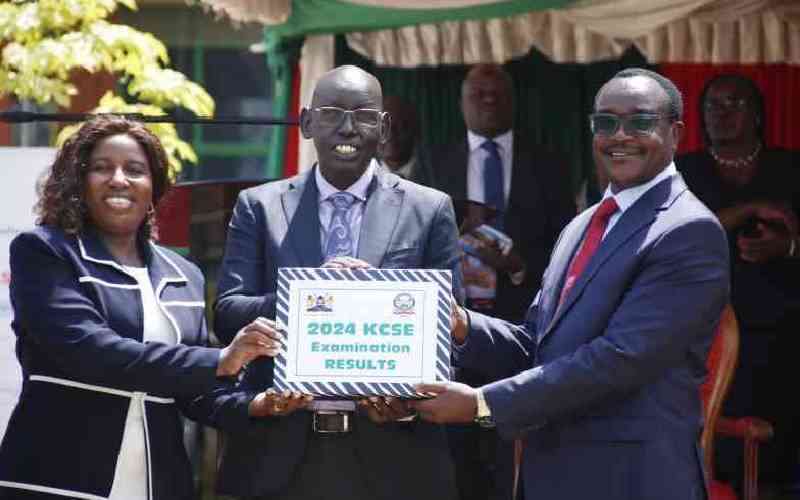Henry Maina
As we celebrate the tenth anniversary of the establishment of the Communications Commission of Kenya (CCK) and the subsequent liberalisation of the media industry, it is worth reflecting on how far we have come.
From the earliest days of broadcasting during colonial times when radio programming was solely aimed at white settlers, to the first services in the 1950s which transmitted programmes in Kiswahili, Dholuo, Kikuyu, Luhya and other Kenyan languages, broadcasting was dominated by the Kenya Broadcasting Corporation (KBC). This state-controlled organisation, which later introduced television to the nation, has been through several name changes, to Voice of Kenya and back again to KBC. However, it has remained the dominant provider of news, especially outside Nairobi.
Likewise, in the print industry, we had two main independent newspapers and one newspaper run by the ruling party of the day. As such, KBC and Kenya Times were the ‘true’ mouthpieces of government.
The CCK was set up in 1999 to regulate and license media operators, broadcast frequencies and telecommunications services. However, one issue still requires discussion. Has the liberalisation of the media industry ushered in pluralism and diversity?
One may also ask, What is media pluralism and diversity? To answer this question, I prefer to say what pluralism is not. Pluralism is not having a single State monopoly broadcaster, as we had during the days of VOK. Pluralism is also not having a single private company owning most of the newspapers, radio and television stations. Neither can pluralism be attained by having a single model of broadcasting or print ownership so that, for example, all broadcasters and newspapers are owned by private companies.
A pluralistic broadcasting and print system must include publicly-owned and funded broadcasters and newspapers; community broadcasting stations, newspapers and newsletters and private commercial broadcasters and newspapers.
Diversity, on the other hand, is about a variety of different voices being given access to the media and a variety of different types of information and viewpoints being heard.
A pluralistic and diverse media landscape ensures a market place of ideas. It gives viewpoints from the governed and the governors, from the rich and the poor, from men and from women, from the minority and from the majority. A society with such a landscape is likely to be more transparent and democratic.
A cursory assessment of the Kenyan media landscape indicates that we are not far off the ideal as proposed by the Declaration of Principles on Freedom of Expression in Africa published by the African Commission and Article 19 in 2002.
Therefore, as we celebrate the launch of Kenya Today, a weekly newspaper published by the department of information and public communications, there is a need to make sure that this publication does not become a mouthpiece of the Government.
It ought to grow as a weekly that focuses on development, as its masthead suggests, without undue political interference.
 The Standard Group Plc is a
multi-media organization with investments in media platforms spanning newspaper
print operations, television, radio broadcasting, digital and online services. The
Standard Group is recognized as a leading multi-media house in Kenya with a key
influence in matters of national and international interest.
The Standard Group Plc is a
multi-media organization with investments in media platforms spanning newspaper
print operations, television, radio broadcasting, digital and online services. The
Standard Group is recognized as a leading multi-media house in Kenya with a key
influence in matters of national and international interest.
 The Standard Group Plc is a
multi-media organization with investments in media platforms spanning newspaper
print operations, television, radio broadcasting, digital and online services. The
Standard Group is recognized as a leading multi-media house in Kenya with a key
influence in matters of national and international interest.
The Standard Group Plc is a
multi-media organization with investments in media platforms spanning newspaper
print operations, television, radio broadcasting, digital and online services. The
Standard Group is recognized as a leading multi-media house in Kenya with a key
influence in matters of national and international interest.







